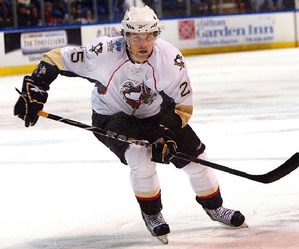Managing Structural and Functional Asymmetries in Ice Hockey: Part 2
Part 1 of this series described anatomical asymmetries that all humans have, and how they can lead to predictable patterns and functional asymmetries. Part 2, below, will dive into how these patterns directly affect hockey performance and how they may contribute to common hockey injuries. Influence on Hockey Performance These positions are not inherently harmful. […]
POSTED BY KEVIN NEELD May 30, 2012





